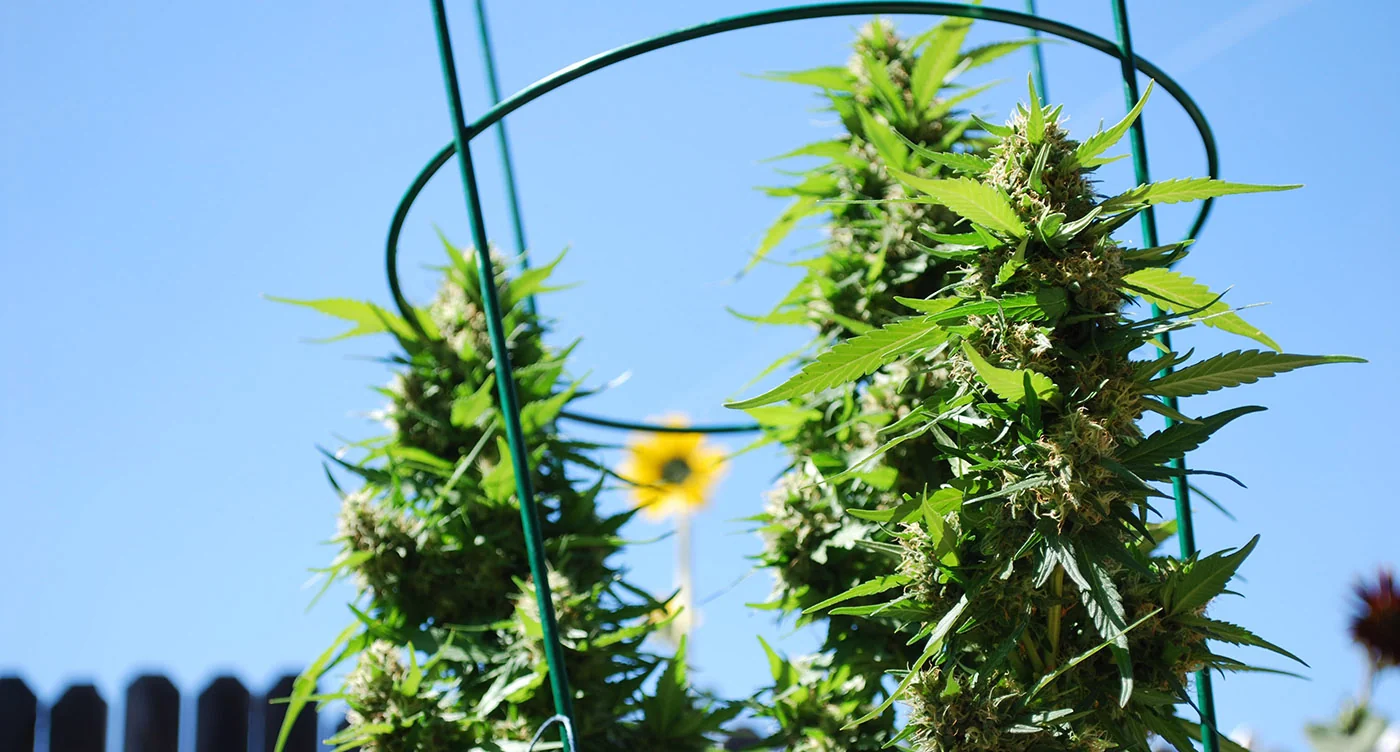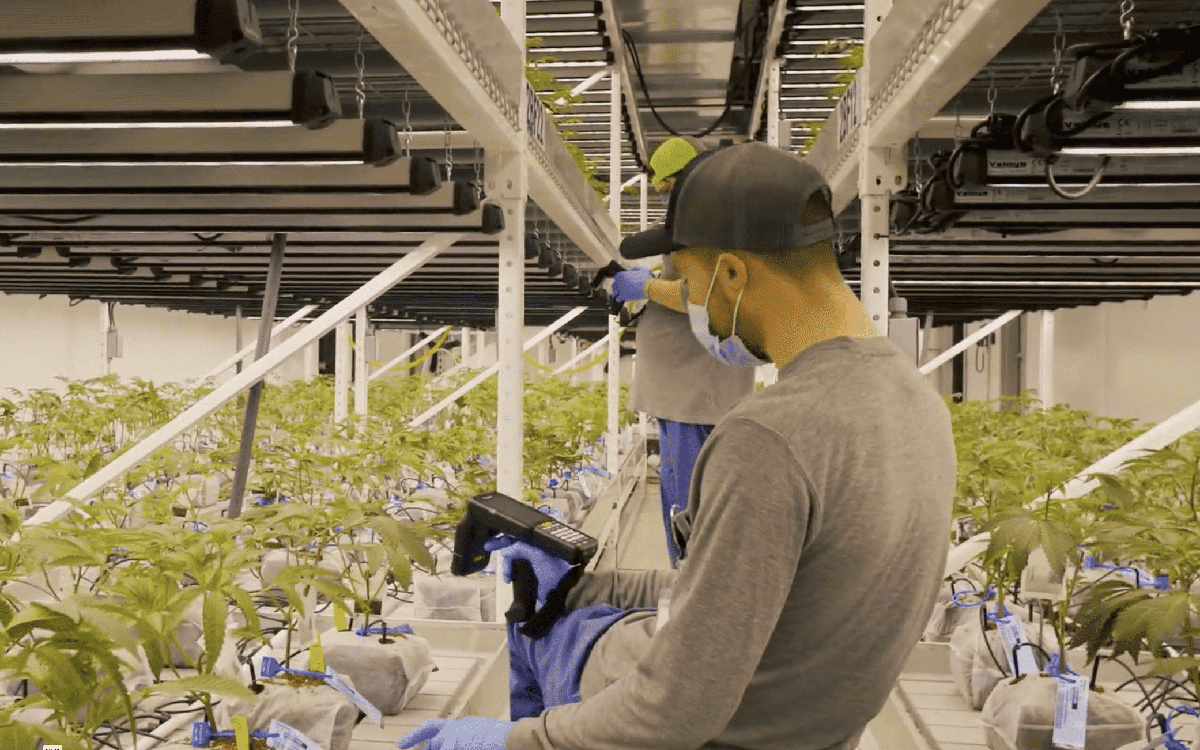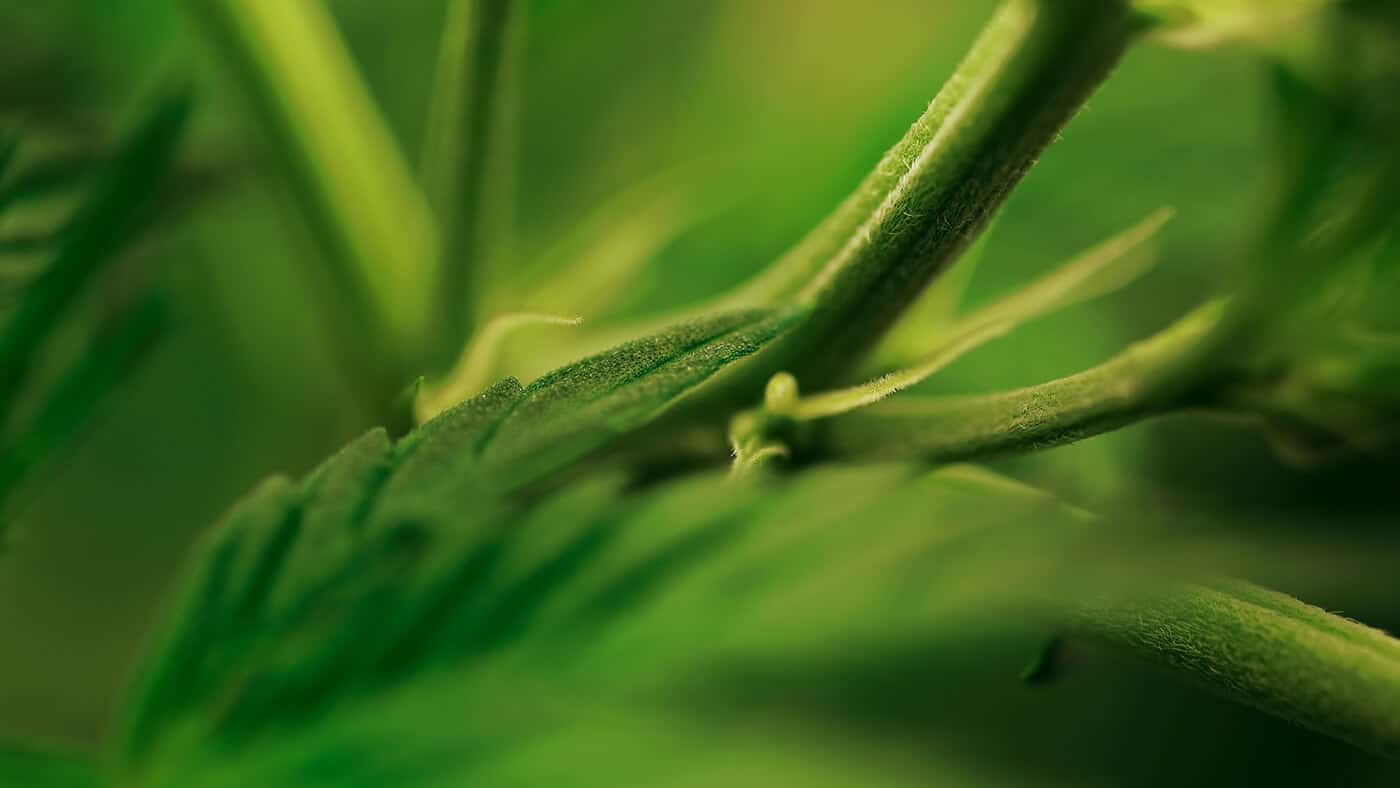Growing Your Own Cannabis
Whether you’re an experienced gardener or a complete novice, cultivating your own cannabis can be an enjoyable and fulfilling experience. Begin with a modest and straightforward approach, and gradually delve into more complex methods as you gain confidence. However, it’s crucial to acquaint yourself with the local regulations before starting. Different states may have specific restrictions regarding the number of plants you can cultivate, as well as whether indoor or outdoor growing is permissible, among other considerations.
Understanding the Basics
Before we jump into the nitty-gritty, let’s cover the essentials. Cannabis cultivation requires four main elements: light, air, water, and nutrients. Understanding and managing these factors is key to a successful harvest.
Choose the Right Strain
Just like flowers in a garden, cannabis comes in different varieties. Indica, Sativa, and hybrid strains each have unique characteristics. Do some research to find the strain that suits your preferences and growing environment. Consider factors like flowering time, desired effects, and resistance to pests.
Prepare Your Growing Space
Whether you plan to grow indoors or outdoors, creating an ideal environment for your plants is crucial. Indoors, you’ll need to set up a grow tent or designated area with proper ventilation, lighting, and temperature control. Outdoors, ensure your plants have access to adequate sunlight, water, and protection from harsh elements.
Germination and Seedlings
Begin by germinating your cannabis seeds. Place them in a moist paper towel until they sprout tiny roots. Then, transfer the seeds to a small pot with a well-draining growing medium. Provide a warm and humid environment for the seedlings to thrive. Remember to be patient, as it can take a few days for the first signs of life to appear.
Vegetative Stage
During this stage, your plants will focus on leaf and stem development. Provide them with 18-24 hours of light per day, along with proper air circulation. Be mindful of watering, allowing the topsoil to dry before watering again. Prune your plants as needed to encourage a bushy growth pattern.
Flowering Stage
When you’re ready to transition your plants into the flowering stage, adjust the lighting schedule to 12 hours of light followed by 12 hours of uninterrupted darkness. This change signals the plants to start producing buds. Monitor humidity levels and temperature carefully to prevent mold or pest infestations.
Harvesting and Drying
As your plants mature, trichomes (the resin glands) will change color, indicating the ideal time to harvest. Cut the branches and trim away any excess leaves. Hang them upside down in a cool, dark, and well-ventilated area to dry. After a few weeks, when the buds feel dry to the touch, you can start the curing process.
Curing and Enjoying
Curing involves storing your dried buds in glass jars, opening them periodically to allow fresh air circulation. This process enhances the flavor, aroma, and smoothness of your cannabis. Once properly cured, it’s time to enjoy the fruits of your labor!
Congratulations, green thumbs! By following these basic steps, you’ve embarked on a journey of cannabis cultivation. Remember, it’s essential to stay informed, adapt to your plants’ needs, and give them lots of tender loving care. Cultivating cannabis can be a rewarding experience, allowing you to develop a deeper connection with this incredible plant. So go ahead, embrace your newfound knowledge, and let your green thumb flourish! Happy growing!
Indoor Cannabis vs. Sungrown: What Sets Them Apart?
Let’s look into the fascinating world of cannabis cultivation and explore the differences between indoor and outdoor grown cannabis, uncovering the unique characteristics and benefits each method brings to the table.
Indoor Grown Cannabis: A Controlled Symphony of Nature
Indoor cultivation of cannabis involves creating a carefully controlled environment, mimicking the ideal conditions for growth. Picture a symphony of climate control, lighting, and nutrient management, all aimed at optimizing the plant’s development.
Advantages of Indoor Grown Cannabis:
- Precise Control: With indoor cultivation, growers have full authority over environmental variables like temperature, humidity, and lighting. This level of control allows for consistent and predictable plant growth, leading to reliable yields.
- Year-Round Harvests: Indoor facilities offer the advantage of year-round cultivation, unaffected by seasonal changes or adverse weather conditions. This ensures a consistent supply of high-quality cannabis regardless of the time of year.
- Pest and Disease Management: By growing cannabis indoors, cultivators can effectively mitigate the risks of pests, diseases, and other environmental threats. Strict hygiene protocols and preventative measures help maintain the health and vitality of the plants.
Outdoor Grown Cannabis: Nature’s Embrace
Outdoor cultivation, on the other hand, embraces the bounties of Mother Nature herself. Harnessing the power of sunlight and the natural ecosystem, outdoor-grown cannabis allows the plant to flourish in its most primal environment.
Advantages of Outdoor Grown Cannabis:
- Sun-Kissed Brilliance: The sun is an unbeatable source of energy, providing plants with a broad spectrum of light and essential nutrients. Outdoor-grown cannabis often boasts a natural vibrancy, with a robust terpene profile that can result in unique flavors and aromas.
- Sustainable Approach: Growing cannabis outdoors can have a lower environmental impact compared to indoor cultivation. Natural sunlight reduces energy consumption, while the soil and ecosystem work in harmony to nourish the plants, offering a sustainable approach to cultivation.
- Enhanced Complexity: Outdoor-grown cannabis has the potential to showcase greater complexity in its cannabinoid and terpene profiles. The interplay between the plant and its natural surroundings contributes to a rich tapestry of flavors and effects.
The Choice is Yours!
In the grand realm of cannabis cultivation, both indoor and outdoor methods offer their own set of advantages. Deciding between the two ultimately comes down to personal preferences and specific needs.
If consistency, control, and year-round availability are paramount, indoor-grown cannabis may be your go-to choice. On the other hand, if you value natural vibrancy, sustainability, and a potential for unique complexities, outdoor-grown cannabis might be more to your liking.
No matter your preference, remember that the cannabis community thrives on diversity and the ability to appreciate the artistry and dedication of growers, regardless of the chosen method.
So, next time you indulge in the pleasure of cannabis, take a moment to appreciate the journey it undertook from seed to bud, and remember the passionate cultivators who make it all possible.
Cannabis Marijuana Plant Anatomy
Cannabis is a flowering plant with many utilitarian purposes: cannabis seeds can be used for food; its stalks can be used for paper, clothing, rope and building materials; and its leaves, flowers and roots can be used for medicinal purposes.
The female plants can grow the flowers, or buds, that are utilized most often for human consumption. The cola refers to the plant’s “bud site” where tight female flowers bloom. Colas form at all budding sites throughout the plant, but the larger, firmer colas tend to form toward the top of the plant with the main cola, sometimes called the apical bud, forming at the very top of the plant.
On the flowers, or buds, you will notice what look like little translucent or white looking crystals. These are called trichomes. Originally developed to protect the plant against predators and the elements, these very small, clear, mushroom-shaped glands ooze very fragrant oils called terpenes, as well as therapeutic cannabinoids like THC and CBD.




